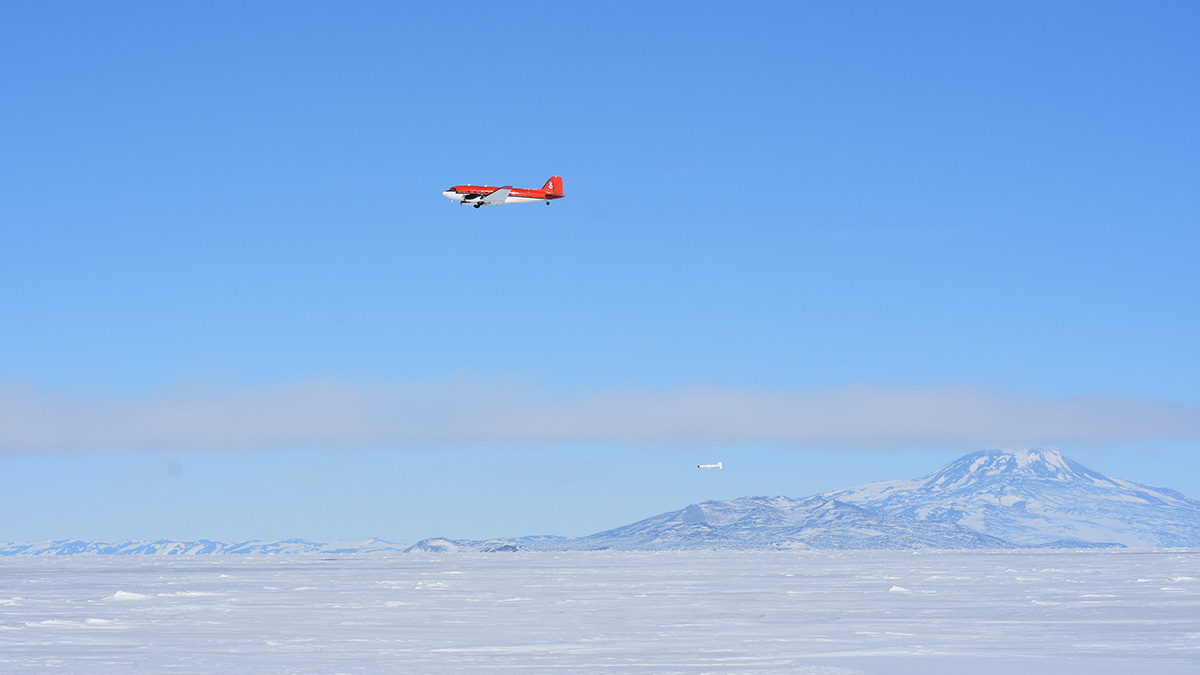Geomagnetic storms could significantly disrupt electrified train operations in the United Kingdom once every few decades, according to a new study.
magnetic fields & magnetism
Rapid Evolution of Volcanic Systems Reflected in Magnetics
Spatiotemporal magnetic monitoring along with InSAR models is a powerful tool to image magmatic, hydrothermal, and mechanical changes within the volcanic edifice of the Piton de la Fournaise.
How Thick Is Antarctic Ice, and What Is Underneath?
Scientists used electromagnetic fields to determine the thickness of fast ice.
What Surprises do the Icy Uranian Moons Hold?
With efforts ramping up to send a spacecraft back to the Uranian system, anticipation is increasing as to what geological surprises are hiding inside and on the surfaces of the icy Uranian moons.
Large Geomagnetic Field Changes Recorded by Archeomagnetism
A rare case of absolute paleointensity data in sub-centennial resolution from an archeological site provide much higher values than predicted by existing magnetic field models.
Baked Contacts Focus a Lens on Ancient Lava Flows
Two studies, conducted 40 years apart, show how combining field observations and thermal modeling can reconstruct the history of massive lava flows and how they altered the surrounding landscape.
Marine Science Goes to Space
Space and ocean scientists take a splash course in multidisciplinary science to chart our solar system’s ocean worlds.
Could Jupiter’s Heat Waves Help Solve a Planetary Energy Crisis?
Infrared observations reveal that Jupiter’s upper atmosphere is much warmer than models predict. The discovery may be a clue to finding missing heat sources in other giant planets.
Machine Learning Helps to Solve Problems in Heliophysics
A new special collection invites papers pertaining to the use of machine learning techniques in all sub-fields of heliophysics.
Billion-Year Rewind Tracks Supercontinents and Mantle Structures
Scientists have traced past pathways of tectonic plates back a billion years using computer models, with intriguing results. Incorporating geologic data as a check on model output, however, has proven tricky.










